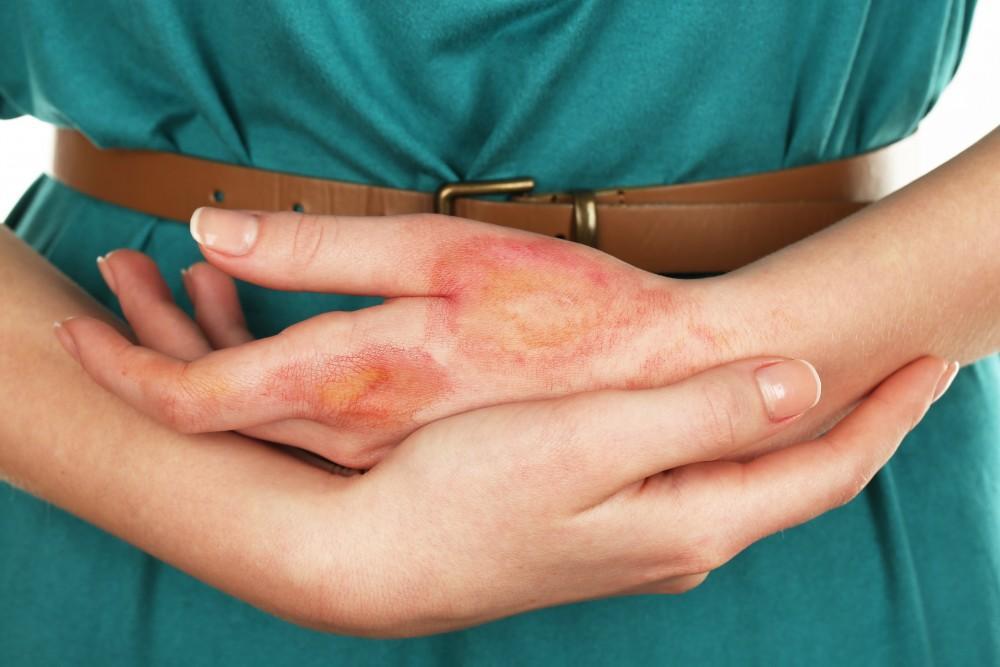Physiotherapy is an essential part of recovery for burned patients. Physiotherapy treatment includes:
- Proper positioning in bed and chair.
- Passive, active, and active assistive exercises to all joints involved
- Sustained stretch to all healed areas over joints with tightness.
- Splinting of major contractures.
- Massage to healed skin to desensitize and loosen scar tissue.
- Transfer activities.
- Ambulation with assistive devices.
- Early application of pressure.
- Transfer activities.
- Prevent the formation of contractures.
- Prevent muscular weakness.
- Fitting with compression garments to control scarring.
- Prosthetic or orthotic devices where needed.
Modalities that are used commonly by the Physiotherapist are:
Transcutaneous Electrical stimulation: Transcutaneous Electrical stimulation is used to decrease pain and adherence to the underlying scar tissue.
Range of motion and stretching exercises: To maintain the joint range of motion active and passive exercises are given. Thickened bands are formed due to burn scars. For which stretching is also given. Stretching is a slow, sustained stretch technique used for skin contracture. It can be done with traction, splinting, and weights.
Ultrasound: Ultrasound has been used to decrease the pain in the painful joints and also increase the range of motion.
Intermittent compression units and Compression Therapy: Intermittent compressions units help reduce edema in the extremities. Compression therapy uses tight bandages designed for the patient to put pressure on the burn site and prevent keloids and hypertrophic scars from forming scars as these may limit the range of motion.
Continuous passive motion (CPM) machines: Continuous passive motion machines are used in patients who need additional range-of-motion treatment for tight areas, and patients following excision of heterotopic ossification.
Scar Massage: Scar massage is the process of gently rubbing the scar formed due to burn with a lotion or lubricant. Scar massage can help decrease pain and keep the scarred area flexible.
Skin lubrication: Skin lubrication helps to keep the skin moist and flexible, it lessens the itchy sensation that accompanies healing burns and also prevents complications that may occur from cracked skin.
Strengthening exercises: Isometric and isotonic exercises can be given after prolonged inactivity. Endurance and strengthening exercises are given to opposing muscles to prevent the formation of contractures. Cardiovascular fitness programs along with isokinetic strengthening exercises are also recommended.
Psychological support: The burns patient psychological and emotional support. As burn injury results in depression which can disrupt functional independence. The physiotherapist can teach relaxation exercises that can help sleep peacefully and also decrease stress-related problems.
Splinting: Splinting can help prevent the formation of skin contracture. This can be helpful during exercises. The splints are designed to control more than one joint while applying pressure over the thick scarred bands. The major areas to concentrate on are hands and other areas requiring splinting are:
- Neck flexion contracture.
- Cupping of the palm.
- Palmar contractures.
- Ruptured extensor hood.
- Fifth-digit flexion contracture.
- Thumb index web space.
- Hip flexion abduction-external rotation.
- Ankle-dorsiflexion contracture.


